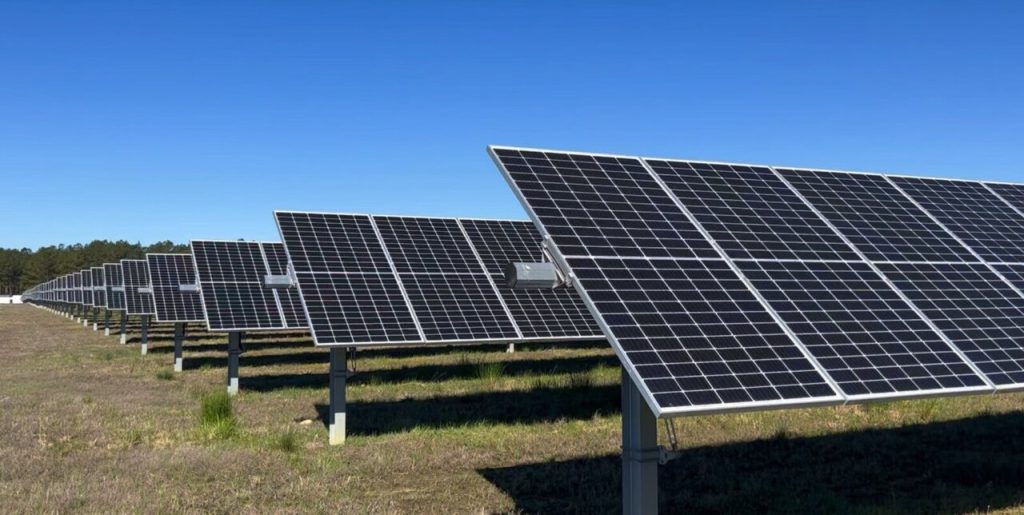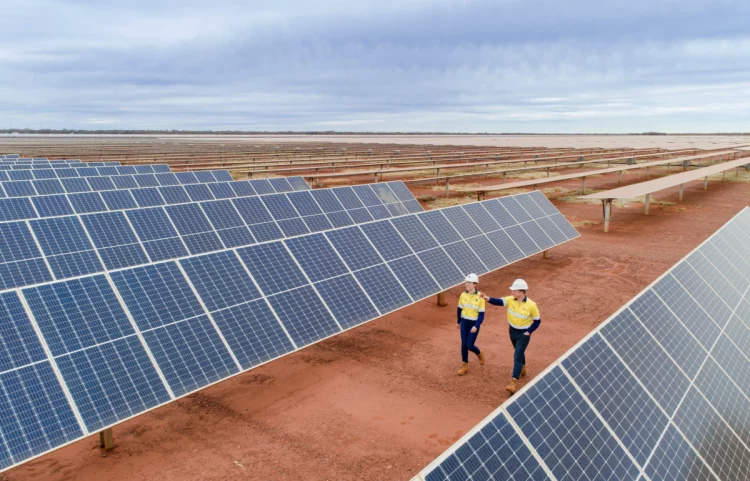Climate tech is on fire. From battery storage and electric vehicles to green hydrogen and carbon capture, global investment into clean technologies has surged past $1 trillion. As sustainability shifts from niche to necessity—driven by decarbonization goals, regulatory mandates, and consumer demand—savvy investors are racing to identify where to place capital. But in a landscape crowded with hype and risk, how can individual and institutional investors position portfolios for both returns and impact? This article unpacks the boom, highlights top areas for opportunity, profiles leading stocks and startups, and outlines a strategic approach to investing in climate tech without falling prey to greenwashing or valuation traps.
Understanding the $1 Trillion Boom
Global climate tech investments have more than doubled since 2020, reaching well over $1 trillion in 2024 and projected above $1.2 trillion in 2025. Governments worldwide—especially in the U.S. with the IRA, Europe with the Green Deal, and China with its 2060 carbon neutrality goal—are injecting subsidies, tax credits, and incentives that amplify private-sector capital. Corporations are setting ambitious ESG targets, spurring adoption of next-gen solutions.
The shift in capital flows is dramatic. Clean energy went from being a small cap experiment to a multi-trillion-dollar allocation focus for pension funds, sovereign wealth funds, and mutual funds. Major oil companies are reshaping operations to include green hydrogen, renewable power, and carbon capture as hedge strategies—signaling creation of a new, diversified clean-energy ecosystem.
Key Sectors Driving Profits
Several climate-tech subverticals stand out as long-term cornerstones for investors:
1. Battery Storage & EV Supply Chain
EVs are driving the future, and batteries are its beating heart. Lithium-ion, solid-state, and next-generation chemistries are witnessing rapid cost improvements. Key companies range from battery producers like LG Chem and Panasonic to upstream providers like Albemarle (lithium) and Glencore (cobalt). Meanwhile, EV OEMs themselves—Tesla, BYD, Rivian—offer opportunity; but diversified EV-component suppliers like Aptiv and Bosch may provide smoother risk exposure.
2. Renewable Power & Grids
Wind and solar capacity additions are at record highs. Enphase, SolarEdge, Siemens Gamesa, and Vestas lead in deployment and grid integration. On the grid side, companies delivering smart inverters, microgrids, and utility-scale energy management—like Schneider Electric and ABB—are poised to ride digitalization waves.
3. Hydrogen & Alternative Fuels
Green and blue hydrogen remain early-stage but promise disruption in hard-to-abate sectors like heavy industry and shipping. First-Mover names include Plug Power and Ballard Power, while industrial giants like Air Products and Linde may benefit from hydrogen ecosystems.
4. Carbon Capture & Storage (CCS)
Direct Air Capture (DAC) tech and industrial-scale carbon sequestration are gaining momentum as regulatory frameworks like the U.S. 45Q tax credit ramp up. Public plays include Occidental Petroleum (with carbon management strategy) and smaller pure-play names like Carbon Engineering and Climeworks—some emerging via IPO or SPAC.
5. Sustainable Agriculture & Water
Smart irrigation, precision agtech, and vertical farming are gaining traction. Water-use efficiency tech from companies like Xylem, Trimble, and Beyond Meat (alternative protein) taps climate resilience and food security concerns.
6. Energy Efficiency & Building Technologies
Building automation, energy retrofits, and EV-charging infrastructure providers—like ABB, ChargePoint, and Johnson Controls—benefit as buildings become smarter and more connected.
Evaluating Stocks vs. Startups
Investing in climate tech involves balancing established names with disruptive newcomers:
Established Stocks
Public companies like NextEra Energy (renewables), Tesla (EVs), and Schneider Electric offer scale and profitability. They’re reliable platforms to capture growth, but often trade at premium multiples. Their large market caps make them foundational to a climate-tech portfolio.
Growth Stocks & Emerging Publics
Mid-cap players—like Ballard Power, Enphase, Brookfield Renewable Partners—offer higher growth potential but bring execution and financing risks. These names are often tied to policy milestones and are more volatile.
Private Startups & Venture
The VC pipeline in areas like battery materials, DAC, energy storage, and climate modeling is robust. Firms like QuantumScape (solid-state batteries) and Form Energy (long-duration storage) offer long-run upside—but are high-risk and illiquid.
How to Choose: Five Criteria
Technology Differentiation
Does the company offer unique IP or hardware advantage? Exclusive design, materials science breakthroughs, or regulatory moat matter.
Scale & Execution
Can it scale? Does it have manufacturing or deployment horsepower? Track records in localization and delivery are key.
Revenue Quality
Look for recurring revenue via power purchase agreements (PPAs), service contracts, or carbon-credit frameworks.
Financial Health
Cash burn and debt levels matter—especially amid interest rate uncertainty. Profitable operations or access to subsidized financing will help long-term viability.
Regulation & Geography
Evaluate geopolitical risk. IRA exposure helps U.S. names, while European emissions laws support local ESG infrastructure firms. China’s cleantech drive boosts domestic firms but requires host-nation scrutiny.

Top Public Picks
Here are leading names aligning with these criteria across sectors:
NextEra Energy (renewables + regulated utility) – scalable, cash-flow positive, ESG-aligned
Enphase Energy (solar microinverters) – dominant in residential solar tech
Tesla (EVs + energy storage) – software-first advantage, though valuation carries risk
Schneider Electric (energy management) – diversified across grid, buildings, and industry
Ballard Power (fuel cells) – early hydrogen play with commercialization traction
ChargePoint (EV charging) – infrastructure backbone with network effects
Albemarle (lithium) – essential materials supplier with global reach
Portfolio Allocation Strategy
- Core allocation (50%) to established utilities and industrials with ESG mandates.
- Growth allocation (30%) to high-growth mid-caps and climate innovation names.
- Optional exposure (10–20%) to private or pre-IPO names with high upside.
- Diversify across sub-sectors and geographies—don’t concentrate EV or solar alone.
Dollar-cost averaging through ETFs like ICLN (iShares Global Clean Energy), PBW (Invesco Solar), or GRID (Global X) offers easy entry and diversification.
Dealing with Risks
Policy Changes
Tax subsidies may expire and trade policies shift. Focus on companies with diversified revenue sources.
Technology Risk
Next-gen tech can unseat leaders overnight. Pair hardware exposure with service or software-oriented firms.
Valuation Concerns
High-growth valuations necessitate patience. Value climate names with long-run growth rather than near-term multiples.
Execution & Competition
Timeline delays, engineering challenges, or intense global competition can disrupt plans. Monitor order books and production capacity.
Monitoring Catalysts
- Performance vs. clean-energy benchmarks
- Quarterly earnings tied to capacity additions, margins, and backlog
- Policy updates—especially tax credits, feed-in tariffs, emissions goals
- Pipeline execution in private/IPO-stage companies
ESG and Impact Integration
Climate-tech investing isn’t only about returns—it’s about impact. Evaluate metrics like CO₂ reduced, megawatt-hours stored, water conserved, and community benefit. Use ESG frameworks (e.g., UN SDGs) to validate alignment and avoid greenwash.
Beyond Public Markets: Venture & Real Assets
For institutions and high-net-worth investors, venture funds targeting early-stage batteries, carbon removal, or next-gen materials can offer outsized exposure. Real assets like solar farms, wind installations, and green bonds provide yield and inflation hedging.
Case Study: Long-Duration Storage
Grid-scale battery makers like Fluence and Form Energy are building long‑duration storage to balance renewables. This space merges hardware, software, regulatory, and financing complexity—but its success ushers in exponential capacity growth. A diversified portfolio might combine public names for stability and private startups for optionality.
Final Take: Preparing for a Multi-Decade Transition
The climate‑tech revolution isn’t a trend—it’s a historic economic transformation. Technology adoption cycles, infrastructure build-out, and carbon regulation form secular tailwinds. Investors who embrace a disciplined, diversified approach across growth stages can capture both impact and returns.
Success in the climate-tech boom demands balance: mix stable cash generators with moonshots, evaluate risks realistically, and maintain conviction through execution cycles. With thoughtful positioning, investors can profit while helping scale solutions that matter for the planet.














































